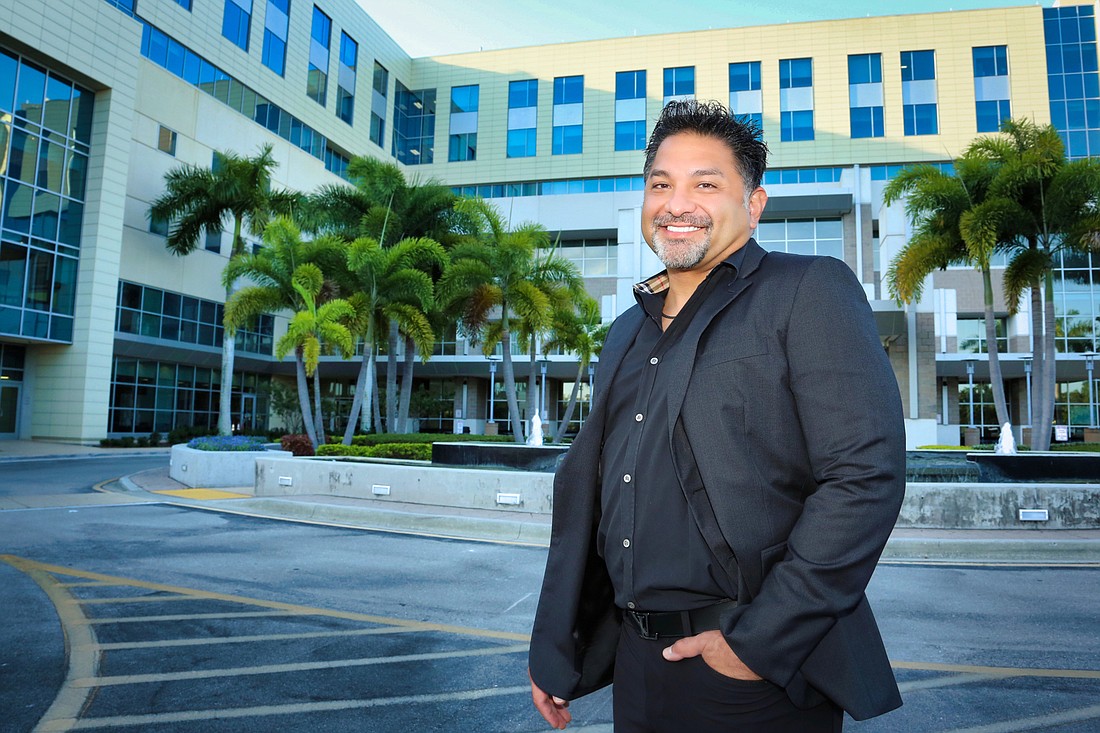- December 19, 2025
-
-
Loading

Loading

Back in 2013, Dr. Nima Mowzoon saw firsthand the difficulties in providing speedy stroke care while working as medical director of vascular neurology for Lee Health. The health system’s neurologists had to move around between four hospitals, so their response time to a stroke alert could vary. And since time is of the essence when treating a stroke, that wasn’t ideal.
“The quality of the care, as much as we tried, was substandard,” says Mowzoon, 47. “It is very well known that the hour from the time the patient comes to the ER is the golden hour, and how much disability they have [for the rest of their life] is determined by what happens at the hospital in that hour.”
Though Mowzoon was aware of telemedicine — the practice of using technology to care for patients remotely — he hadn’t had much experience with it himself. But he began to see how using the technology could help improve stroke care. “I thought, this is something I can do not only at Lee Health but anywhere in the United States,” he says. “I can be in Oregon seeing a patient and the next minute hop to Florida and the next minute hop to North Carolina.”